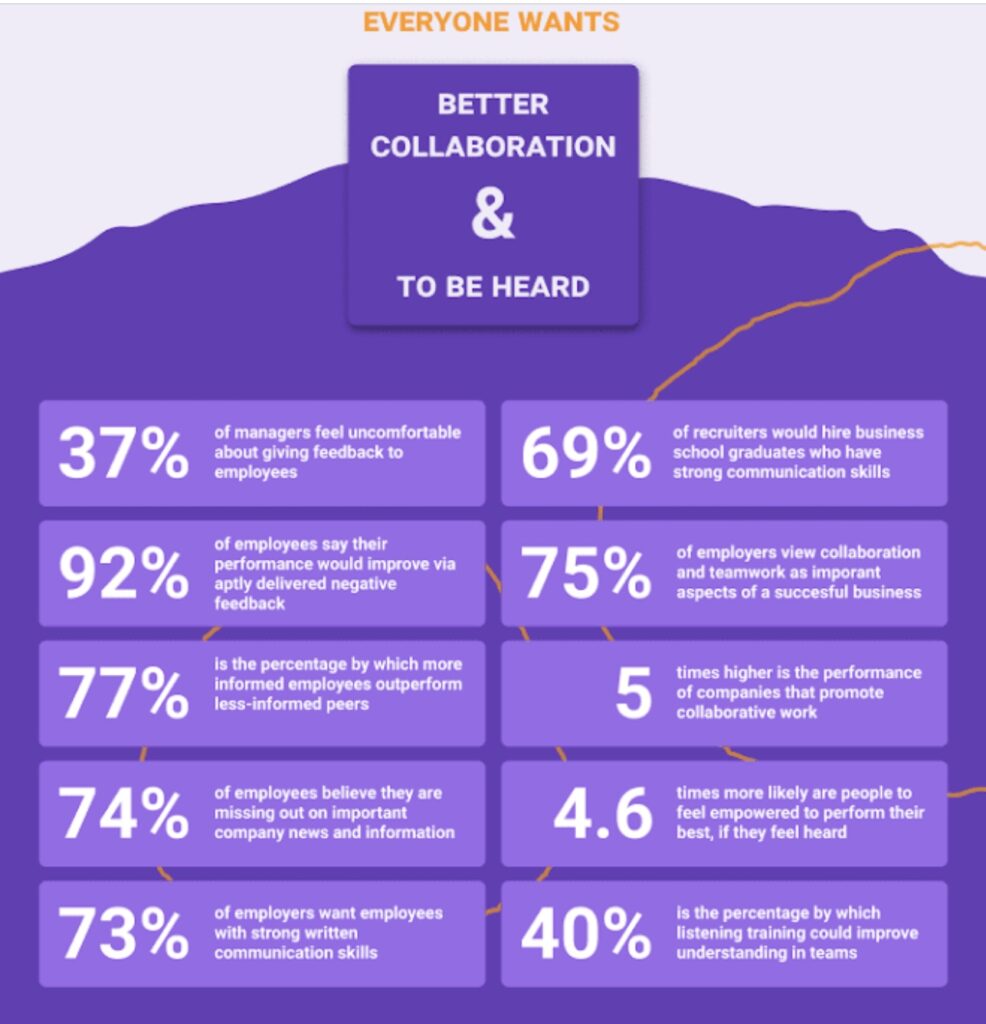What Equity Means in the Workplace and How to Foster It
Imagine this when thinking about workplace equity: all your employees are at the bottom of a cliff. Then, you start a timer and ask them to climb to the top before the time is up.
A tall, athletic employee easily scales the cliff in minutes. Meanwhile, a shorter employee next to him struggles to reach each foothold. However, a third employee uses a wheelchair and can’t even lift themselves onto the cliff wall.
The race was equal because you gave each employee the same opportunity.
Now, imagine you asked them to complete the same race. Except, this time, you cut extra footholds in the shorter employee’s route, and you added a pulley lift for the employee in the wheelchair.
This second race gives each employee a fighting chance to complete the task within the set time limit. While their equipment wasn’t equal, the race was fair.
This is called equity and is essential for a successful and healthy workplace.
Key Takeaways
· Equality is the same treatment for everyone, while equity is inclusive and fair treatment.
· Better equity in the workplace leads to greater customer satisfaction.
· You can create a more equitable workplace through education and clear communication.
What is Equity in the Workplace?
Workplace equity is the fair treatment of your employees – even if it means giving certain employees different opportunities than others. While society mostly talks about equality, equity is just as significant.
In an equitable workplace, people with different cultures, religions, races, and physical abilities can access the tools and benefits necessary for job performance. These tools give everyone an equal opportunity for success, which is how equity and equality go hand in hand.

How Equity is Different Than Equality
Here are two simple definitions of equity vs. equality to help you remember the difference.
· Equity in the workplace is fair treatment and opportunities.
· Equality in the workplace is the same treatment and opportunities.
There is a time and place for both values. Equality means everyone has the same opportunities for success. Equity means each person has access to the tools they need to level the playing field while climbing the ladder of success.
Why Workplace Equity is Essential to Your Success
About 79% of Americans consider their company’s culture foundational to their job satisfaction. When your employees are happy in their jobs, they perform better. Their better performance leads to higher quality outcomes and greater employee loyalty.
When your employees are happy, your customers will be more satisfied because they will notice your friendlier service, better quality products, and more positive atmosphere, which lead to substantial sales growth.
How to Address Equity, Diversity, and Inclusion Issues in a Contemporary Workplace by DeEtta Jones
5 Ways to Foster Workplace Equity
Here are five ways your business can develop a culture of equity in the workplace.
1. Promote Transparent Communication
Transparency is the first step to an equitable workplace because it gives each person the same information. Three areas where more transparency is needed are:
· Promotions
· Salaries
· Jobs
Often employees feel slighted or confused if someone they perceive as less qualified receives a higher raise, better job, or coveted promotion. However, when managers are committed to transparency, they list precisely what is required to receive those benefits.
If employees don’t fulfill the requirements, management can take them aside and explain where they fell short and how they can improve for the next advancement opportunity. By doing so, management can ensure employees will better understand their decisions. The employees can then communicate any needs or barriers they face that might keep them from meeting management’s requirements.
2. Offer Inclusive Environments and Resources
While employees often have equal tasks, they don’t always have the same circumstances. One way to help employees feel included and comfortable is by offering tools and environments that accommodate employees’ needs.
For example, employees with physical disabilities need customized workspaces for comfort and accessibility. Other accommodations may look like spaces for breastfeeding mothers to pump or a flexible work schedule for employees with chronic illness.
In addition, inclusive benefits account for all backgrounds, sexualities, races, and physical abilities. For example, mothers can take maternity leave, but not all fathers have the same options – despite often being an equal or primary caretaker.
3. Create a Safe Place for Discussions
You can’t know every employee’s needs, which is why creating a safe and open communication channel is essential for giving employees a chance to voice concerns or specific needs.
Some employees may need to request additional time off for religious, educational, or personal reasons. Others may need workplace accommodations because of physical limitations.
Inclusive management adjusts the way employees complete tasks to help each person succeed. However, they must also be consistent. For example, if they allow an employee to take extra time off for educational purposes, they must give the same opportunity to other student employees.

4. Develop a Diverse Leadership Team
Only 40% of women are satisfied with workplace decisions meanwhile 70% of males are satisfied. This is just one example of the effects of a lack of diversity in leadership.
Management makes the most equitable decisions when they have diverse leadership. Sometimes that means hiring the best person for the success of the entire team rather than the person with the most qualifications. About 85% of companies that employ a diverse leadership team see increased profits.
For example, a strong leadership team will include diverse cultures and more than one gender. As a result, the leadership team can make better, more inclusive decisions and teach each other about specific demographic needs.
5. Hold Regular Educational Sessions
Equity doesn’t stop with management. Employees also need to understand the importance of diversity and inclusivity. One way business leadership can help is by offering educational courses on diversity, equity and inclusion.
Employees benefit from workplace exercises and interactions that connect people from different backgrounds to talk about their beliefs, experiences and cultures. Providing opportunities for employees to learn from and about each other will lead to increased collaboration and a better understanding of how to function as a team.
Read about Televerde’s diversity and inclusion focus.


